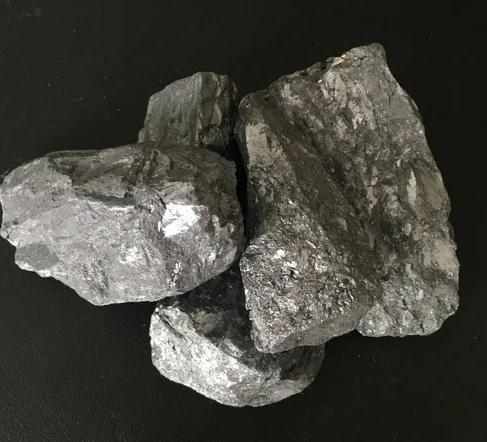
Adding metallic calcium can greatly reduce the number and size of inclusions in welding rod steel. In addition, it can also improve the equiaxed microstructure and tensile properties of weld joints.
The inclusions in H08A welding rod steel before calcium treatment are mainly MnS with diversified morphology. After calcium treatment, they will gradually transform into MnS-CaO-Al2O3 complex non-metallic inclusions.
The welding temperature of these steels is very high and must be controlled to prevent weld cracking. This is difficult because the weld bead cools and contracts, putting tensile stress on the weld. This stress must be relieved by either peening or chemical treatment after welding.
During welding, hydrogen gas can form in the weld pool and increase the likelihood of cracking. This gas must be removed before welding by preheat and by using filler metal that is low in hydrogen content.
The hardenability of alloy steels increases with their carbon and alloy content, making them more difficult to weld without cracking. Their higher hardenability results from the tendency of these steels to harden by forming martensite even at slower cooling rates than would influence less alloyed carbon steels. This tendency is enhanced by rapid cooling from welding temperatures. Figure 5 shows a comparison of the inclusion morphology of H08A welding rod steel before and after calcium treatment.

Welding time is a critical factor in the success of the welding process. Insufficient welding time will result in brittle dissimilar intermetallic compounds (IMCs). This is not only harmful for the welding performance, but also reduces the strength of the weld.
It is recommended to use a high weld preheat temperature and retard cooling of the weld area by providing proper post weld heat treatment (PWHT). Tables are available showing suggested preheat and interpass temperatures for various chemistry steels.
The distribution of inclusions in H08A welding rod steel before and after calcium treatment is shown in Figure 5. Inclusion composition and morphology are different in the two cases. The distribution of inclusions in the untreated steel is uneven with a high segregation area, while it becomes more uniform in the treated steel. Inclusions in the former are mainly of the high melting point type Al2O3. After calcium treatment, they transform into low melting point calcium-aluminate complex non-metallic inclusions.
The submerged arc welding process is an unusual one in that the consumables comprise two components, a wire and a flux. This is not usually the case with other types of welding processes such as MMA or FCAW where the wire and the flux are supplied separately.
A welding flux is an insulator when cold but becomes electrically conductive as it melts due to heat from the electrode and arc current. The melted flux also provides an easy path for the molten weld metal to flow from the electrode to the work piece.
A suitable flux for steel and calcium alloy welding should preferably be high basicity to achieve good weld metal toughness. It should contain between 0.5 and 1.5 percent by weight of sodium fluoride (NaF) for modifying the inclusions in the molten steel and to produce free peeling slag. Figure 5 shows the distribution of inclusions in H08A welding rod steel before and after calcium treatment (a,b for steel A; c,d for steel B). The morphology of the inclusions in both cases was similar but their quantity was higher in the steel treated with CaO.
A welding power supply provides a direct current to the electrode. This current creates an electric arc that melts the metals being joined. The arc also produces a layer of slag that protects the weld area from atmospheric contamination.
The slag also serves to conduct electricity between the electrode and the workpiece. This process allows for a high rate of metal deposition.
Cellulosic electrodes (E6010 and E6011) contain wood pulp that generates hydrogen to create a digging/driving arc, which gives them appeal for farm equipment repair and other applications with contaminated surfaces. They have a lower metal transfer efficiency and a lower current range than covered electrodes.
Covered electrodes, such as those with the rutile-potassium coating (E7018), can be used for a wide range of steel and cast iron applications. They have medium arc penetration and produce welds with good ductility and strength. They can be used with DC or AC polarity. Scanning pictures of inclusions show that the morphology and distribution of inclusions in calcium treated steel changes with treatment.

Write a Message